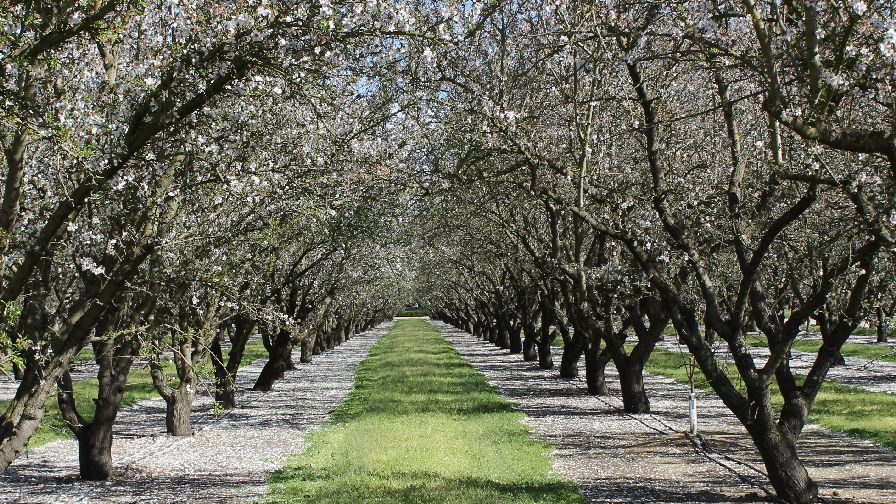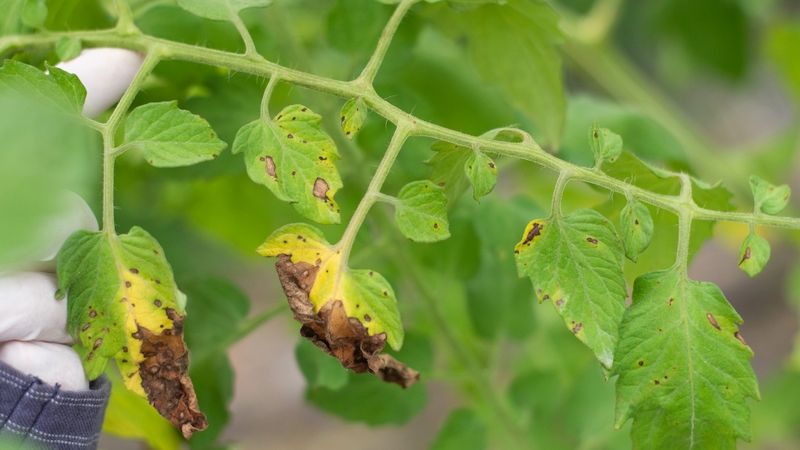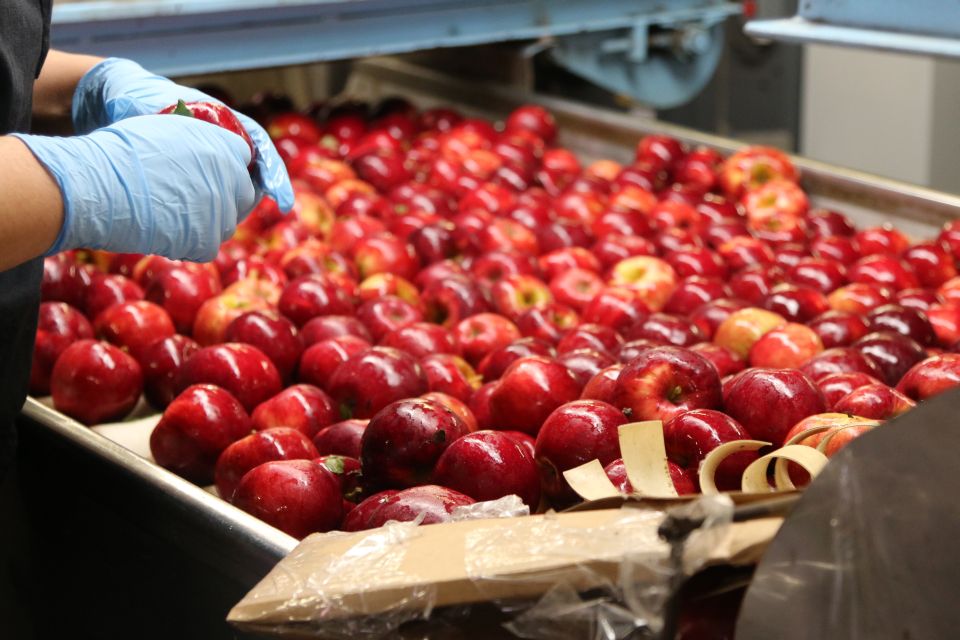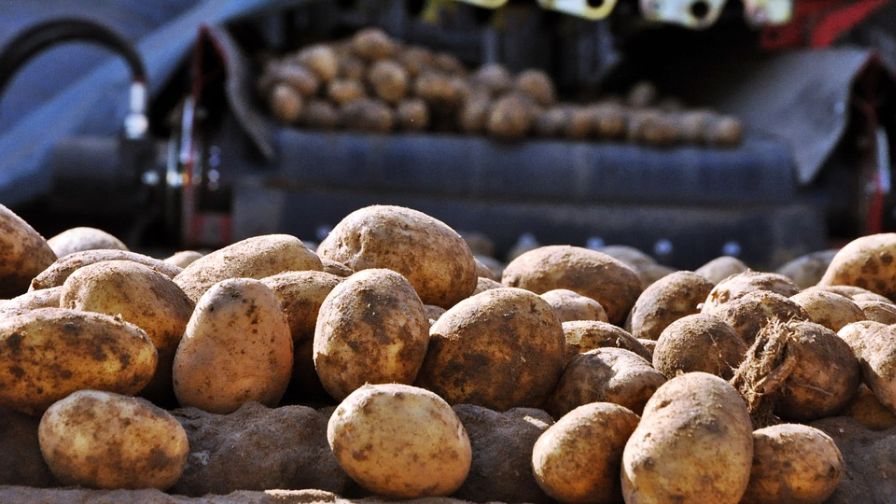Growing Cool-Climate Winegrapes Sustainably
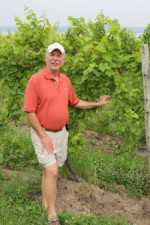
Somewhat by chance, Osborn landed a job labeling wine bottles for the Konocti Winery in California, and later ended up at Firestone Vineyard in the Santa Ynez Valley. It was there, working on the bottling line, that Osborn realized winemaking was his calling. “I decided I would take jobs that would teach me how to be a winemaker,” he says. “Instead of going back to college, I started taking these jobs.”
By 1984, Osborn was running the harvest and making the wine at California’s Byron Wines, but a trip back home to visit family in Rochester, NY, gave him his first taste of cool climate Chardonnay. “I had always been a Chardonnay lover, but I’d never really experienced true cool climate wines, and they were just stunning,” Osborn says. “So I decided to pack my bags and come back East and make cool climate wines.”
In the ’80s, there weren’t a lot of winemaking jobs in New York, so Osborn took a number of different positions before purchasing Fox Run Vineyards in Penn Yan, NY, in 1993. “It was a 25-acre vineyard. We produced about 1,000 cases of wine that first year and had about 7,000 customers,” he recalls. “Now we’re in the 70,000 taster range, and we have about 50 acres of grapes, all vinifera.”
A Balancing Act
One of the first modifications Osborn made was to switch to vertical shoot positioning (VSP), which works well in New York’s climate. He has planted vines closer together, with some Riesling and Lemberger vines planted at 8½ by 3-foot spacing. “To me, the leaves are solar collectors, and they have to have access to sunlight,” Osborn says. “The more surface area you get exposed to the sun, the better your vine is going to be. It seems that at larger spacing, there are many spots within the canopy that you can’t get shoots, and with smaller or closer spacing, you have better opportunities to fill that canopy.”
He adds that he keeps lower pounds per vine to balance the canopy and fruit load, but gets more tonnage per acre. Another benefit is that it costs the same amount of money to send a tractor down a row whether the vines are 8 feet apart or 3 feet apart, so maximizing the number of vines to get more tonnage per row improves efficiency.
“It is a very controversial subject, and there are a lot of people who just don’t believe it works,” Osborn says. “And we’re still looking at it. We haven’t decided yet. It takes many years.”
Osborn says that one spot has been planted at the closer spacing since 1999, and another since 2005. Both are in dramatically different soils. “That’s another issue we’re looking at,” Osborn says. “Is close spacing better in certain types of soils than in others?” He adds that they do have one vineyard where one section is in thicker soil than the other, so they’re comparing fruit and flavor quality to determine the differences, if any.
According to Osborn, the idea for the close spacing came from a friend who had been a winemaker in Hungary, where it’s common to plant vines more closely. “I decided to try it and see what happened,” Osborn says. “You can wait around for the researchers, you can wait around for other people to do something, or you can do it yourself. I figured if I wanted to really know what the skinny was on it, I should do it myself.”
Sustaining Business
Another initiative is a mulching program that allows for more organic material to be introduced into the soil, in addition to cover crops, which are planted to loosen up the soil, according to Osborn. “We are also looking at how all of this comes around to making money and surviving as a business so we can continue to pay our employees and continue to live on this beautiful spot,” he says. “It’s all intertwined.”
A Broadway Show
To keep employees in good spirits, Osborn makes sure to rotate their positions throughout the day so one person isn’t stuck working the cash register all day while another is giving constant tours.
Osborn also trains his staff to behave like every day is the opening of a Broadway show. “When we open the doors, we have to be ready for those people walking in. The floors have to be clean, we have to be smiling, everything has to be just perfect,” he says. “And at the end of the day, 5 p.m. or 6 p.m., we still have to be opening that curtain for the first time. That person that walks in at five or six, they don’t care that you’ve been open for eight or 10 hours. They want to walk in and they want to be greeted with a warm, friendly smile.”






